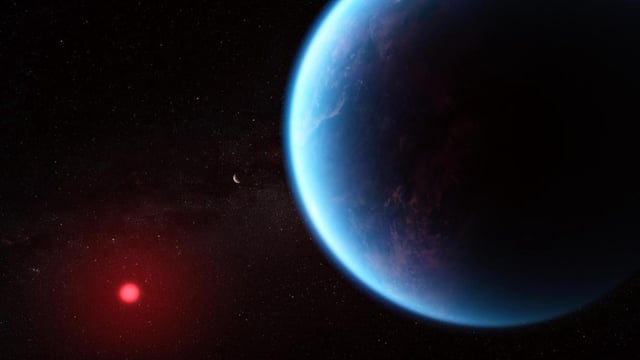Overview
- A University of Cambridge team reported a three-sigma signal of dimethyl sulfide in K2-18b’s atmosphere from a single James Webb Space Telescope observation.
- A University of Chicago reanalysis indicates that the same spectral feature could be explained by ethane, a common hydrocarbon, rather than a biosignature molecule.
- The original three-sigma result falls well below the five-sigma standard scientists require for a conclusive discovery of life-related compounds.
- Investigators say current JWST data are too noisy to definitively exclude mundane molecular sources and warn against drawing premature conclusions.
- K2-18b remains a leading hyceanic planet candidate for hosting life, and researchers emphasize the need for additional high-precision spectra to validate any biosignature claims.
